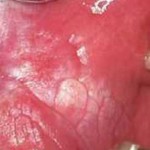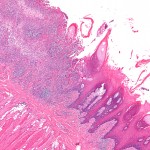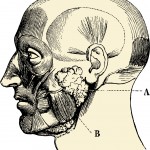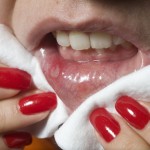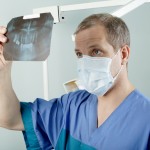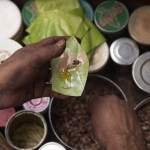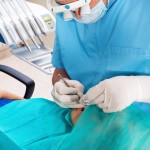
This small trial suggests that that while the diode laser treatment was marginally quicker than the traditional scalpel removal of fibrous hyperplasia, it required fewer analgesics and no sutures. However, there was more swelling, and wound healing was longer.
[read the full story...]